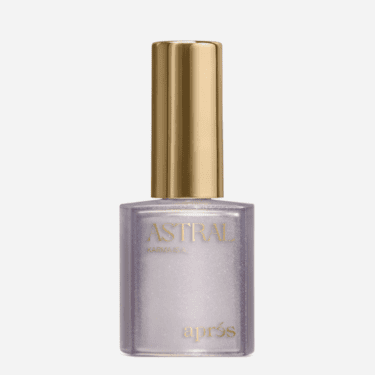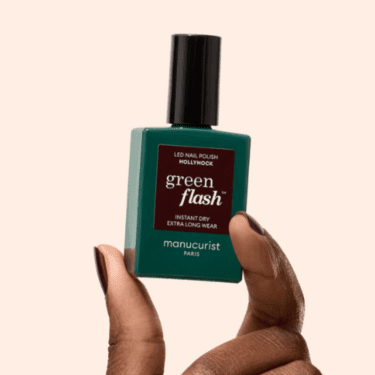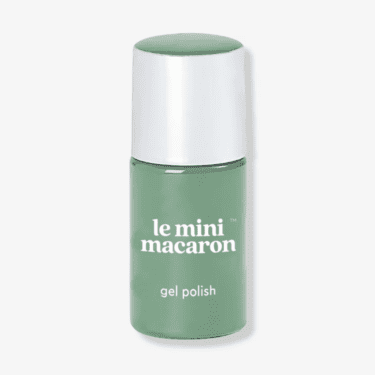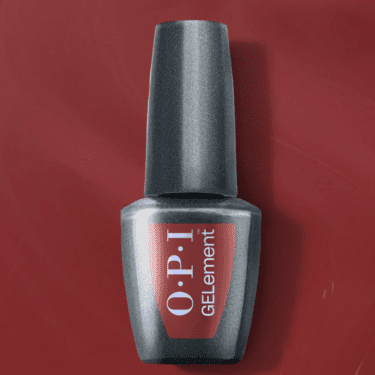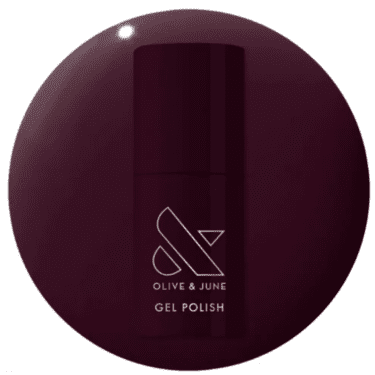
Discover the TPO-Free Gel Polishes Perfect for Fall
With the ban on TPO gel nail polish in the EU officially in effect, plenty of manicure-lovers are searching for alternative and updated formulas. Thankfully, brands not only had a cushion to change formulas (the ban was announced in May 2025 and went into effect in September), but there are also a few different TPO alternatives to choose from. That means your switch (whether a mandatory change or your preference) to TPO-free gel polish can be easy. Ahead, get caught up on the EU ban, and find your new favorite TPO-free gel nail polish, just in time for fall!
What is TPO?
TPO, or Trimethylbenzoyl diphenylphosphine oxide, is a main ingredient in gel polish formulas, responsible for the curing process.
“TPO is a photoinitiator,” explains cosmetic chemist Kelly Dobos. “It’s an ingredient that absorbs energy from the light of the nail lamp, and then kicks off the chemical reaction that cures the gel into a strong film on the nail. It’s efficient at curing thick layers of gel and doesn’t cause yellowing like some other photoinitiators can.”
Why is TPO Banned in the EU?
On September 1, 2025, the EU officially banned the sale of gel nail polishes with TPO, classifying it as Category 1B CMR substance (Carcinogenic, Mutagenic or Toxic to Reproduction). That sounds pretty scary, but it’s important to understand how the EU came to that conclusion.
“The EU’s classification of (TPO) as a reproductive toxicant was based on animal studies that demonstrated adverse effects on reproductive health, particularly from feeding studies or by injecting TPO into rats and mice,” Dobos explains. “The routes of exposure used to make the regulatory determination in the EU really aren’t relevant to how someone might be exposed to TPO in a nail gel. Typical levels of TPO in gel nail formulations is about two to four percent, and most of it is reacted away during the curing process.”
Additionally, the EU’s regulatory process for cosmetic ingredients is vastly different from the U.S. Based on a precautionary principal, the EU bans ingredients by hazard-assessment, meaning they consider the ingredient in isolation. If that ingredient is found to harm reproduction, cause cancer or damage DNA, the EU bans it, regardless of how that ingredient might work in a formula and how much exposure would actually occur.
On the other hand, the U.S. Food and Drug Administration (FDA) does what’s called “risk assessment,” where they consider the toxicity of an ingredient and analyze under what conditions it could cause harm and what likelihood it has to cause harm. In TPO’s case, since the amount in nail polish formulations is low and most of it reacts away, gel polish has what cosmetic chemist and science communicator at Lab Muffin Beauty Science, Michelle Wong, calls a 100-fold margin of safety. To experience negative effects from TPO in a gel nail polish, “you would have to have over 100 times the amount you would have been exposed to” in a TPO formula, she explains.
Since it’s not likely that TPO formulas can penetrate the nail plate and actually cause harm, it’s not very likely that the FDA will ban it in the U.S. That said, brands still have to find a new curing agent to sell their products in the EU.
What is Replacing TPO?
Since TPO is considered integral to the curing process of gel nail polish, formulators have had to find a reasonable alternative that has an improved safety profile for the EU and still gets the job done. Thankfully for brands, there are a few different options.
“In gel formulations there are alternative photo initiators that can be used like Ethyl Trimethylbenzoyl Phenylphosphinate or TPO-L, a modified form of TPO with an improved safety profile,” explains Dobos. “Other brands use Hydroxycyclohexyl Phenyl Ketone.”
TPO-L, the most common substitute for TPO in gel polish formulas, is fully compliant with current EU standards and approved for use in cosmetics.
Shop TPO-Free Gel Nail Polishes
![]()
